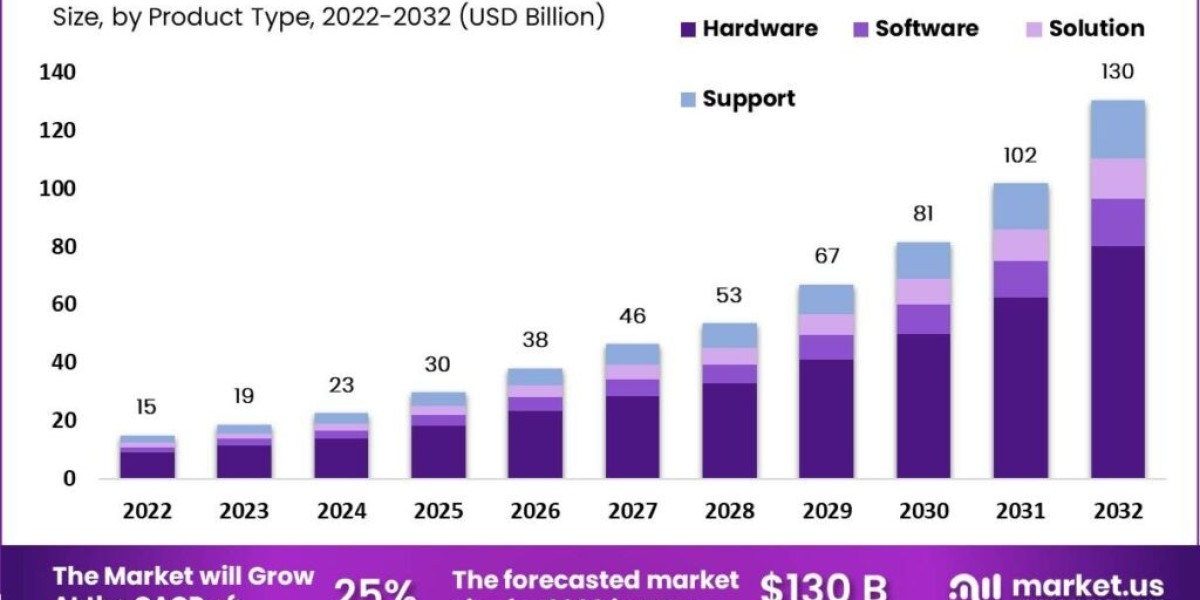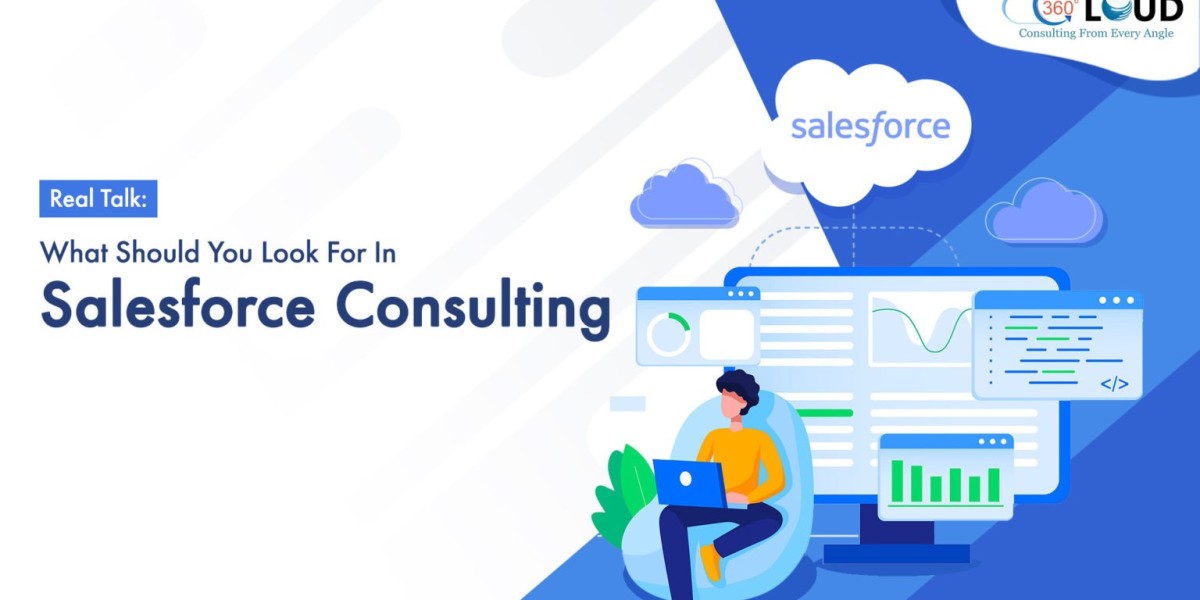Report Overview
The K-12 Education Technology Spend Market size is expected to be worth around USD 130 Bn by 2032 from USD 14.8 Bn in 2022, growing at a CAGR of 25% during the forecast period from 2022 to 2032. The market is driven by the increasing demand for high-quality education, the growing adoption of technology in the classroom, and the increasing government investments in education technology.
How do evolving educational pedagogies and teaching methods influence technology investment decisions?
Evolving educational pedagogies and teaching methods have a significant impact on technology investment decisions in K-12 education. As schools adopt new pedagogical approaches, they need to invest in the technologies that will support these approaches.
For example, if a school is moving towards a more personalized learning model, they may need to invest in adaptive learning software or other technologies that can help them to tailor instruction to the individual needs of each student. If a school is moving towards a more project-based learning model, they may need to invest in collaboration tools or other technologies that can support students as they work on group projects.
Here are some specific examples of how evolving educational pedagogies and teaching methods are influencing technology investment decisions:
- The rise of blended learning: Blended learning is a hybrid approach to education that combines traditional face-to-face instruction with online learning. Schools that are adopting blended learning models need to invest in technologies such as learning management systems (LMS), online learning platforms, and educational apps.
- The focus on personalized learning: Personalized learning is an approach to education that tailors instruction to the individual needs of each student. Schools that are adopting personalized learning models need to invest in technologies such as adaptive learning software, data analytics tools, and learning management systems.
- The emphasis on critical thinking and problem-solving: Schools are increasingly focusing on developing students' critical thinking and problem-solving skills. To support this goal, schools are investing in technologies such as collaboration tools, project management tools, and inquiry-based learning platforms.
In addition to these specific trends, there are a number of other factors that are influencing technology investment decisions in K-12 education. These factors include the availability of funding, the expertise of staff, and the needs of the student population.
When making technology investment decisions, schools need to carefully consider their educational goals and the needs of their students and teachers. They should also consider the availability of funding and the expertise of their staff. By carefully considering all of these factors, schools can make informed decisions about how to invest in technology to support their educational mission.



